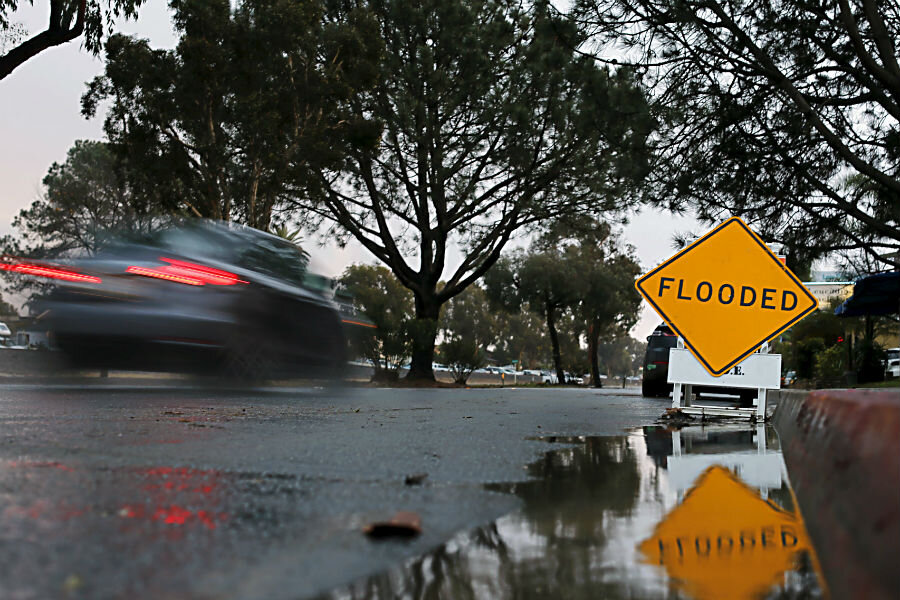Could El Niño storms help alleviate California's drought?
Loading...
California residents are hopeful that upcoming storms could quench the state’s drought problems, despite possibilities of catastrophe.
Thanks to El Niño, a periodic warming of the Pacific Ocean that brings up temperatures and precipitation, meteorologists are anticipating a “parade of storms.” El Niño years typically bring heavy rainfall to the West Coast.
However, officials aren’t holding their breath that the winter rains will be enough to undo years of drought. They say residents must continue with water conservation efforts in order to replenish the empty reservoirs. So far, the state is on track. The Water Resources Control Board announced Tuesday that Californians used 20 percent less water this past November than they did two years ago.
"We're at least on a good trajectory," Mike Anderson, climatologist for the state's Department of Water Resources told the Associated Press. "We've got to keep it going."
And while El Niño promises much-needed relief after a four-year dry spell, the storms associated with the phenomenon can bring their own sometimes catastrophic problems. In 1997 and 1998, for instance, severe storms destroyed crops, caused mudslides, and killed 17 people.
Meteorologists have cautioned that even though the current storm system isn't as strong as those seen in previous years, the fact that the land is so dry could make ideal conditions for flooding and mudslides.
"A parade of strong Pacific storms characteristic of a strong El Niño event will batter the state this week and will likely bring damaging flooding by the time the second storm in the series rolls through on Wednesday," Jeff Masters, meteorology director of the private Weather Underground said.
Weather authorities are warning Californians to be prepared in case of emergency. In Los Angeles, the fire department is ready with swift-water rescue teams, extra efforts to protect the homeless have been drawn out, and Mayor Eric Garcetti already encouraged his constituents to clean their gutters and be wary of any storm drain cloggers.
"The best time to prepare is before a weather event happens, but there is still time to prepare at least a basic emergency kit for your home, your car or your place of work," said Brad Alexander, spokesman for the Governor's Office of Emergency Services.
This report contains material from the Associated Press.








